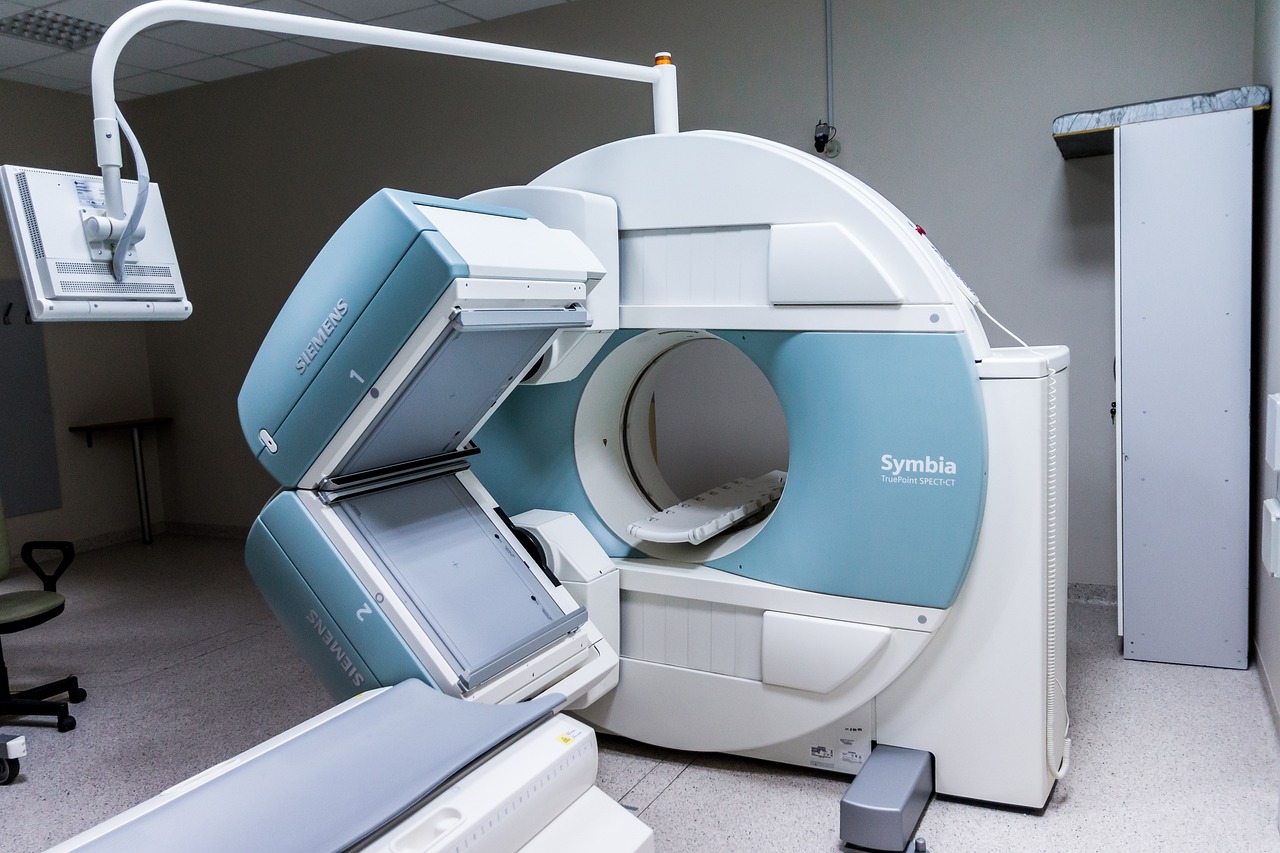Let’s look at the numbers
-
The price of the most widely used specialty prescription drugs increased substantially more than the general inflation rate in every year from 2006 to 2015.
- From 2014 to 2015, specialty drugs had their highest annual price increase in a decade: an average hike of 9.6 percent. Inflation, on the other hand, increased by only 0.1 percent.
-
Prices for 29 chronic-use specialty drugs that have been on the market since the beginning of the study (from January 2006 to December 2015) increased cumulatively by an average of 177.3 percent. In contrast, general inflation increased by only 19.4 percent during the same period.
MS drugs are best-sellers
Multiple sclerosis drugs made up 12 of the 101 specialty drugs studied. Their average price rose 10.8 percent between 2015 and 2016, a little higher than the group average. Seven of those dozen MS drugs made the study’s list of 30 best-selling specialty drugs. (You can see the full list on page 30 of the report.)
| RANK BY SALES | DRUG | DOSE | DAILY COST | 2015-16 HIKE (%) |
| 6 | Copaxone | 20mg | $201 | 7.6 |
| 7 | Tecfidera | 240mg | $194 | 10.8 |
| 11 | Copaxone | 40mg | $179 | 7.0 |
| 16 | Avonex | Auto-inject | $198 | 15.2 |
| 17 | Avonex | Pre-filled | $200 | 16.2 |
| 21 | Rebif | 44mcg | $207 | 10.8 |
| 27 | Betaseron | 0.3mg | $202 | 11.1 |
The drug that jumps out at me from this list is Avonex. Why should the price of a drug that’s been in use for nearly 20 years jump 15-16 percent in a year? Copaxone and Tecfidera both lead Avonex in sales, yet their price hikes were lower. Color me confused.
What’s the solution?
Is there a way to limit these price increases? In the CVS article I mentioned earlier, Dr. Alan Lotvin makes several suggestions, most of which don’t work for me.
Lotvin: “… Prior authorization and step therapy can be highly effective in controlling costs.”
Me: Step therapy means reducing costs by prescribing older, possibly less-effective drugs first rather than aggressively attacking MS with newer, more potent drugs. Some insurance companies insist patients follow this path, but it’s not the way that I want my MS treated.
Lotvin: “Another approach is the use of tiered formularies that require higher patient cost-sharing for more expensive therapies.”
Me: Yes, they do. And this is why many MS patients can’t afford to pay for the therapy that could be the most effective for them (though there are drug company programs that help some patients pay for these drugs).
Lotvin: “Ensuring that the drugs are administered at the lowest-cost site of care is also important — in most instances the hospital outpatient center is the highest-cost site of drug administration, while patients’ homes and doctors’ offices are typically the lowest.”
Me: Here, we agree.
The AARP study concludes:
“If recent trends in specialty drug prices and related price increases continue, it will almost undoubtedly become more difficult for patients to access and afford necessary specialty medications. The pricing patterns (price levels and price increases) for specialty drugs will lead to serious problems with respect to access and affordability issues in the future.”
Since access and affordability are already a problem, it seems to me that the future is now.
Yet, AARP offers no solutions, ending its report this way:
“Policy makers interested in reducing the impact of prescription drug prices should focus on options that drive significant innovation while also protecting the health and financial security of consumers and taxpayer-funded programs like Medicare and Medicaid.”
Well, yeah. But how do we find those options? The FDA has now approved generics for Copaxone 20mg and 40mg. That’s not an innovation, but, hopefully, it will help stick a pin in at least one specialty price balloon.
(This post first appeared as my column on www.multiplesclerosisnewstoday.com)




I am in this predicament with my insurance plan and CVS Specialty Pharmacy. My MS is progressing rapidly, but I recently was informed that I need to fail two more MS drugs on CVS’s preferred drug formulary (in addition to the one I already failed) before I will be considered for an infusion drug. I can’t imagine what the state of my health will be at that point, but I don’t have access to a Neurologist who is willing to do a peer-to-peer review stating a more aggressive is medically necessary.